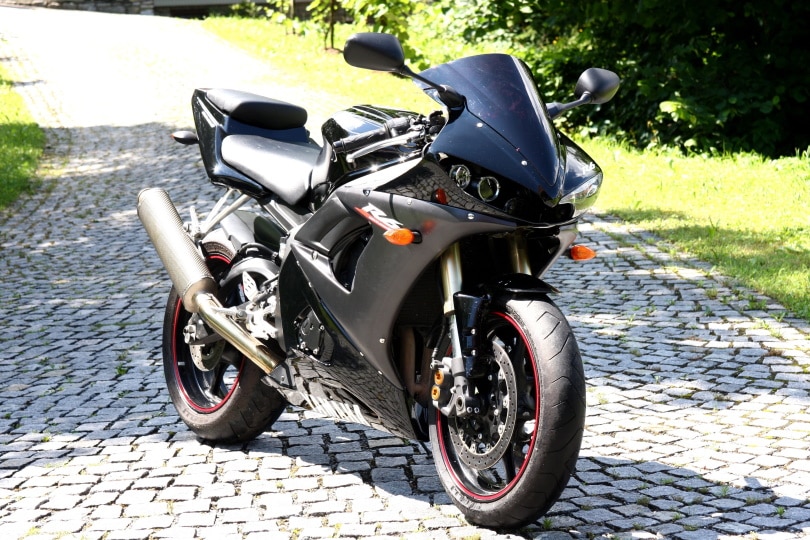Do Motorcycles Have Alternators? Differences, Facts & FAQs
-
Codee Chessher
- Last updated:

Most motor vehicles have some form of an alternator, including motorcycles. Generally, their power comes from the battery, but the alternator is what charges the battery. Motorcycles have a simpler alternator than cars do. This is called a stator, which is typically accompanied by a regulator. How exactly does that work? Let’s check it out.
How Does a Motorcycle Alternator Work?
Motorcycles can’t run on a battery alone, or else you’d find yourself charging your battery all the time. This is where the motorcycle’s alternator system comes in.
“Alternator” is a somewhat loose term referring to a mechanism that converts mechanical energy to an alternating current (AC). The stator in a motorcycle is composed of three parts: the stator, the field coil, and the rotor or flywheel. The stator itself is covered in spokes with copper coils and is considered part of the engine.
Both the flywheel and the stator have sets of magnets. When the motorcycle runs, the flywheel rotates around the stator to produce AC current, which then charges the battery.
The catch is that batteries can’t store AC currents. This is where the regulator or rectifier comes in. The regulator converts AC electricity into direct current (DC) electricity that the battery can store while adjusting the voltage so the battery doesn’t receive too much power at any given time.
When the motorcycle starts, the engine’s crankshaft produces an explosive burst of kinetic energy that gets the stator started. Once the stator starts working, it can replenish the battery’s charge as long as you have fuel and keep the engine running.

Why Are Motorcycle Alternators Different From the Ones in Cars?
We mentioned that motorcycle alternators vary quite a bit from the ones in cars. The alternator in your average car is huge and takes up a lot of room, yet the one in a motorcycle is relatively small. Why?
To put it simply, motorcycles don’t have enough space to put a car alternator in them. They’re less mechanically complex too. Before stators, motorcycles used magnetos to generate an electromagnetic current, which basically accomplished the same thing as a stator.
As advances were made in motorcycle technology, they were widely replaced with stators and regulators. Magneto systems were weak at low engine speeds and took much longer to do the same job as a stator. Magnetos were also dependent on moving parts, and moving parts make mechanical systems wear out much faster. Stators have fewer moving parts, which makes them more reliable.
What’s the Difference Between a Motorcycle Alternator and a Car Alternator?
The main difference is that a car’s alternator is all one piece and it’s connected to the engine via a series of belts or chains. A motorcycle alternator is divided between the stator, which is usually in the engine itself, and the regulator, which is usually located elsewhere on the bike. Both are typically located somewhere they’ll receive air while you drive.
Final Thoughts
Motorcycles are incredibly complex machines packed into a small package, so it only makes sense that they’re different from cars on the mechanical level. They use roughly the same type of technology but are split into multiple pieces that work together to generate electricity.
See also:
Featured Image Credit: Piqsels
Contents
